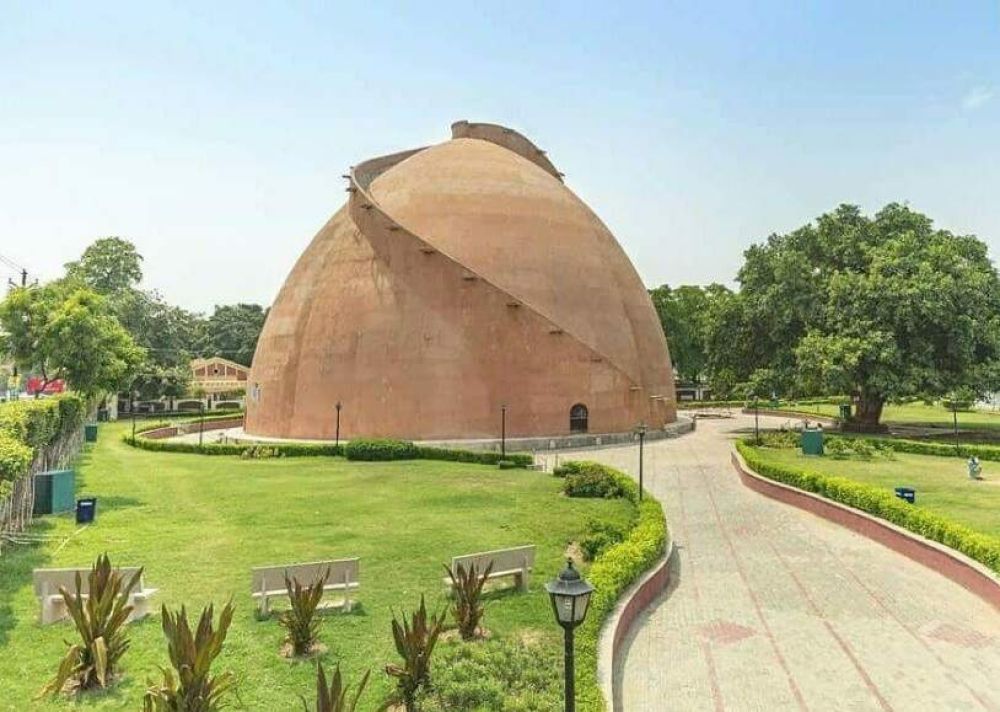

The Golghar is an architectural marvel that stands as a testament to both the historical ingenuity and the more somber aspects of India's colonial past. Constructed in 1786 by Captain John Garstin for the British Army, the Golghar was originally built as a large granary with the aim of combating famines. Shaped like a beehive, this massive structure is located in Patna, the capital city of Bihar—a state rich in history and ancient culture.
During the colonial period, the launch of Golghar as a part of tourism was not significant, as it primarily served a utilitarian purpose. However, as time went on and India gained its independence, the rich historical value of this structure was recognized, and it slowly started to emerge as a tourist attraction in the region. Visitors began to appreciate not only its functional design but also the panoramic views it offered of the city and the Ganges.
In the years following independence, Bihar and Patna began to develop their tourism industry, showcasing their rich heritage. Golghar became part of the heritage tourism trail. Being close to other historical sites like the Patna Museum and the Mahatma Gandhi Setu, it greatly contributed to Patna's tourism narrative and allowed visitors to truly appreciate the historical and cultural context of the region.
Recently, Bihar has started to reinvent its tourism strategy by focusing on more sustainable and eco-friendly practices while promoting its historical sites. The Golghar, with its remarkable structure and scenic views, has benefitted from this by attracting a steady stream of tourists who are interested in the intersection of history, architecture, and culture.
Moreover, travel experiences around Golghar are increasingly being bundled with local immersion experiences, engaging tourists with the vibrant local culture, cuisine, and the arts of Bihar.
Golghar continues to be an important symbol of Patna and is cherished, not only for its historical significance but also as a unique architectural wonder. As tourism evolves, it stands as a must-visit destination for those exploring the heartland of India and delving into the layers of its rich past.
For tourists looking to visit Golghar, it is recommended to climb to the top of the structure to witness an expansive view of the Ganges and the bustling life of Patna. Though the climb might be arduous, as there is a winding staircase that leads to the top, the experience and the vistas are well worth the effort.
Tourists should be aware of the timings and any entry fees, and it is advisable to visit during the cooler months to avoid the intense heat of the Indian summer.
In conclusion, the Golghar is not only an integral part of Patna's towering skyline but also an essential stop on the cultural and historical itinerary of any tourist visiting Bihar.